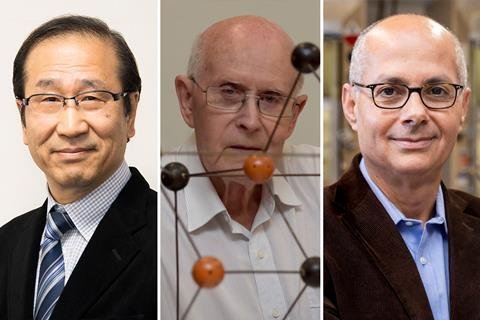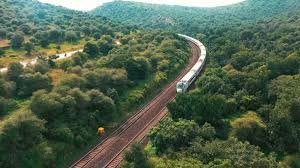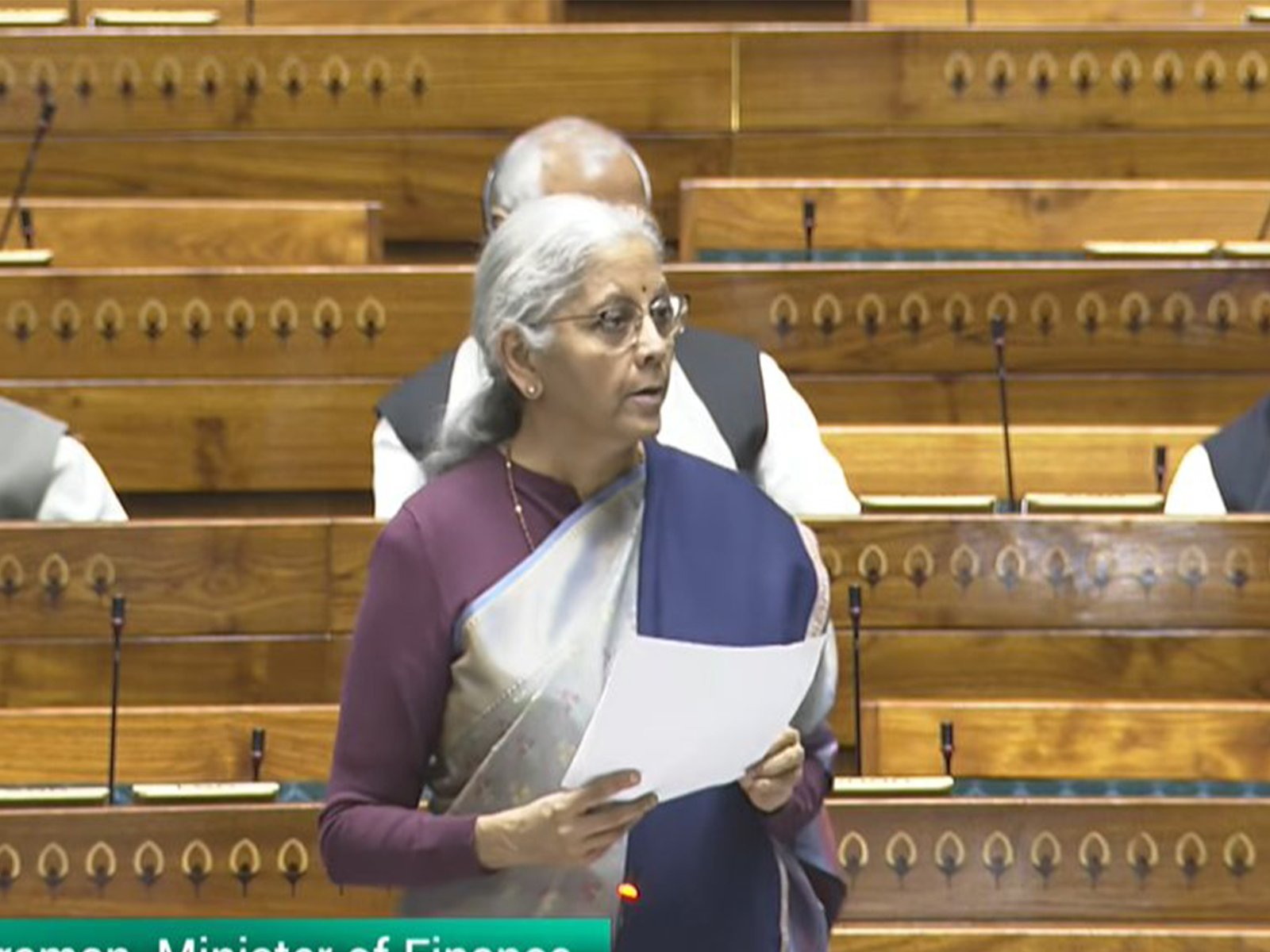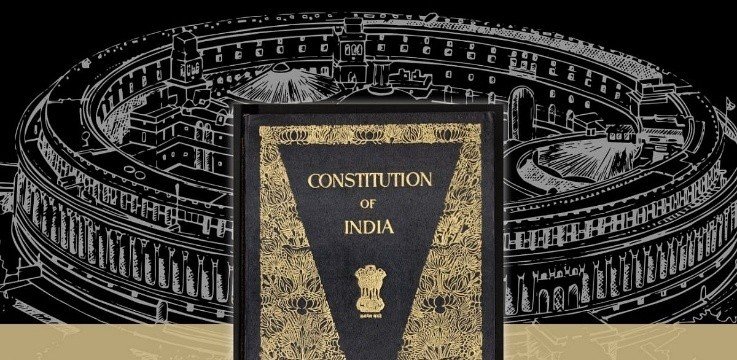Why in the News?
- The 2025 Nobel Prize in Chemistry was awarded to three scientists: Susumu Kitagawa (Japan), Richard Robson (Australia), and Omar Yaghi (USA).
- They discovered and developed a new kind of material called Metal-Organic Frameworks (MOFs).
- These materials can be used to store clean fuels, capture carbon dioxide (CO₂), and even harvest water from dry air.
What are MOFs (Metal-Organic Frameworks)?
- Imagine a building made of metal pillars and organic beams but without walls; this is how a MOF looks at the atomic level.
- In most materials, atoms are packed tightly together but in MOFs, metal atoms are linked with organic molecules (carbon-based compounds) in such a way that empty spaces (pores) are created.
- These empty spaces can trap or store other substances like gases or moisture.
- So, MOFs act like microscopic sponges that can be designed for specific uses.
How Did the Discovery Happen?
- Richard Robson, a chemistry professor in Australia, came up with the idea in the 1970s while making classroom molecular models using balls and sticks.
- He thought, what if instead of connecting atoms directly, he connected them using molecules?
- The first MOFs he made were not stable, but they proved the idea could work.
- Later, Susumu Kitagawa and Omar Yaghi improved the process and created stable and useful MOFs.
- Over time, scientists designed tens of thousands of MOFs, each serving a different purpose.
What makes MOFs different from naturally porous materials?
- MOFs are different from naturally porous materials (like sponge or bread) in that their pores are uniform and can be precisely designed, unlike sponge or bread whose pores are not uniform.
- This means scientists can decide the size, shape, and chemistry of the pores depending on what they want to capture. For example, CO₂, water, or hydrogen.
Why Are MOFs Important?
- Carbon Capture: MOFs can selectively absorb carbon dioxide (CO₂) from the air, helping to fight climate change.
- Water Harvesting: Some MOFs can pull water molecules from dry desert air, providing a new source of drinking water.
- Gas Storage: MOFs can store hydrogen or toxic gases safely, helping in clean energy and industrial safety.
- Medicine and Health: Scientists are exploring MOFs for drug delivery systems, where medicine can be released slowly inside the body.
- Pollution Control: MOFs can filter harmful gases and purify air, similar to an advanced version of air filters.
Key Terms
- Reticular Chemistry
- This is the science of connecting molecules like Lego blocks to make larger, structured materials.
- It helps chemists design materials with predictable shapes and spaces.
- Pioneered by Nobel laureate Omar Yaghi.
- It’s the foundation behind MOFs and other similar materials.
- Water Harvesting from Air
- Some MOFs can pull water vapour from dry air and release it as liquid water.
- This can be very helpful in deserts or drought areas.
- Hydrogen Storage
- Hydrogen is a clean fuel, but it’s hard to store safely.
- MOFs can hold hydrogen molecules tightly and release them when needed. Therefore, they are useful for green energy and fuel-cell vehicles.
Challenges and Way Forward
| Challenges | Way Forward |
| 1. MOFs are expensive to make. | Develop cheaper production methods using common metals and local materials. |
| 2. Many MOFs are not stable in moisture or heat. | Improve design for durability under real-world conditions. |
| 3. Lack of research funding in developing countries like India. | Government and private sectors should invest in materials science research. |
| 4. Difficulty in recycling or disposing of old MOFs. | Create environmentally safe, recyclable versions. |
| 5. Limited awareness about MOFs. | Include MOF research in higher education and innovation missions. |
Conclusion
The Nobel-winning discovery of Metal-Organic Frameworks (MOFs) shows how basic curiosity in science can lead to life-changing innovations. These materials may play a big role in solving global problems like climate change, water scarcity, and clean energy storage.
For India, it is a reminder to invest in advanced chemical and environmental research to harness such technologies for sustainable development.
| EnsureIAS Mains Question Q. Discuss how Metal-Organic Frameworks (MOFs) can contribute to addressing environmental challenges like carbon capture, water scarcity, and clean energy storage. (250 Words) |
| EnsureIAS Prelims Question Q. Consider the following statements about Metal-Organic Frameworks (MOFs): 1. They are materials made by connecting metal ions with carbon-based molecules. 2. They can selectively trap gases like carbon dioxide and hydrogen. 3. Their structure is random and irregular like natural sponge. 4. The study of MOFs is part of a field known as reticular chemistry. Which of the statements given above are correct? A. 1, 2 and 4 only Answer: A. 1, 2 and 4 only Explanation: Statement 1 is Correct: MOFs are built by linking metal ions with organic molecules to form a 3D framework. Statement 2 is Correct: They can absorb specific gases like CO₂ and H₂ because their pore sizes can be adjusted. Statement 3 is Incorrect: MOFs have orderly and predictable pores, unlike natural sponges which are random. Statement 4 is Correct: The study of creating such frameworks falls under reticular chemistry. |
Also Read | |
| UPSC Foundation Course | UPSC Daily Current Affairs |
| UPSC Monthly Magazine | CSAT Foundation Course |
| Free MCQs for UPSC Prelims | UPSC Test Series |
| ENSURE IAS NOTES | Our Booklist |





